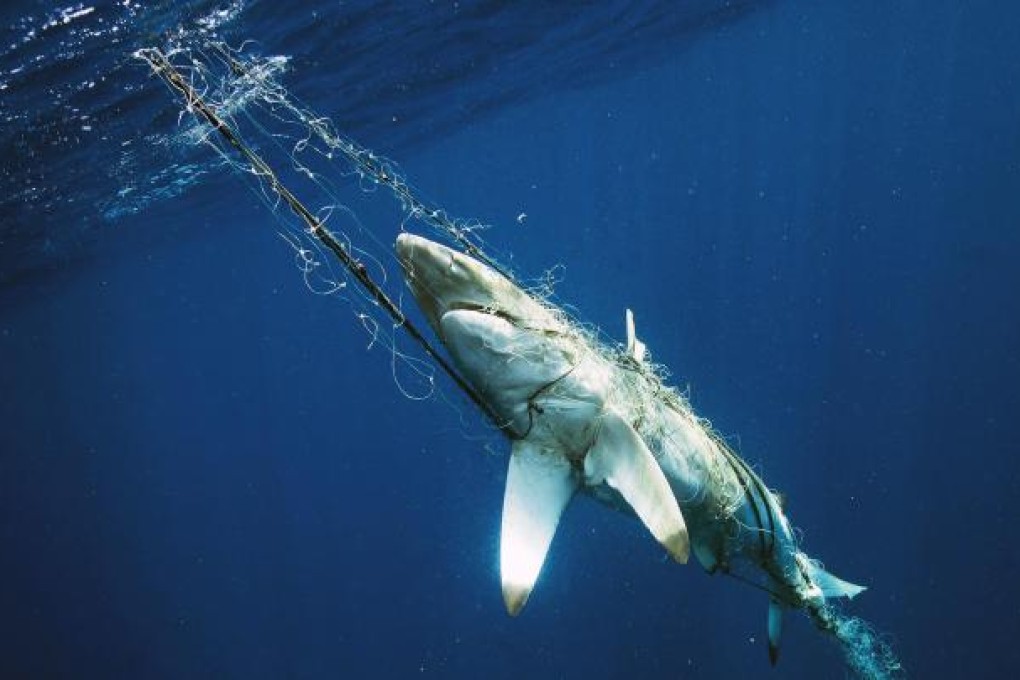There is a catch
Who doesn't love seafood? Demand for our favourite dishes has made the fishing industry one of the most aggressive, with too many boats chasing too few fish and a variety of other marine casualties caught up in the fray. Words and pictures by Paul Hilton

Seafood has long been an integral part of the human diet and many people regard the oceans as an inexhaustible source of food. Mankind, however, has harnessed technology to sweep the oceans clean. Fish-finding sonar, satellite locating systems, 100-mile-plus longlines with thousands of hooks, giant nets, fish aggregating devices (FADs), spotter helicopters and factory ships operating 24 hours a day all mean that for many fish, there is nowhere to hide.
Poor fisheries management, illegal fishing and destructive methods such as bottom-trawling and the use of cyanide and dynamite have not only left many species teetering on the brink of extinction, they have also harmed untargeted species.
Each year, an astounding 27 million tonnes of "bycatch" - juvenile fish and unwanted species - are discarded, often thrown overboard dead to free up freezer space for higher value specimens. Overfishing has caused stocks of various types of tuna, salmon, cod, shark and turtles, among others, to fall dramatically globally.
According to the WWF, the global fishing fleet is 2.5 times bigger than that which the oceans' fish stocks can support. The situation makes commerical fishing one of the worst-performing industries.
According to the WorldFish Center, a non-governmental research organisation, average global fish consumption has almost doubled in less than 50 years, and catches would have to double again in the next 25 years to keep up with demand.
